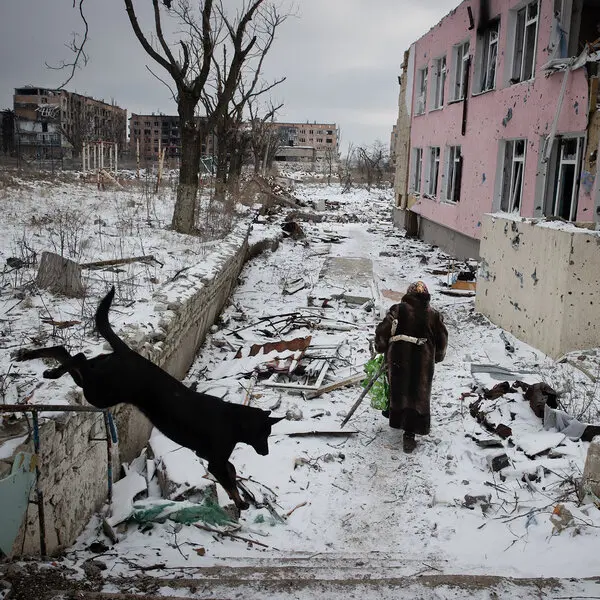NEWS
Navigating Ukraine’s Conflict: Paths to Peace
Navigating the Ukraine Conflict: Challenges and Realities
The recent developments in Ukraine underscore the entrenched nature of the conflict and the challenges facing both Ukrainian and Western policymakers in charting a viable path forward. With Russia’s recapture of Avdiivka, a significant setback for Ukrainian forces, President Zelensky is confronted with the stark reality of the military stalemate.
One crucial implication of the current defensive strategy is the tacit acknowledgment that the territories occupied by Russia may remain beyond Ukraine’s grasp for the foreseeable future. Despite aspirations for the restoration of lost lands, the harsh truth is that Russia is unlikely to cede control through diplomatic means, leaving the territorial issue in a state of limbo reminiscent of other protracted conflicts like that of Cyprus.

Navigating Ukraine’s Path to Peace: Prioritizing Stability over Triumph
Many Ukrainians, while reluctant to abandon claims to lost territories, privately recognize the necessity of prioritizing peace and stability over unrealistic aspirations of complete victory. The Biden Administration, therefore, faces the imperative of aligning its policies with this sobering reality, refraining from overly optimistic scenarios of Ukrainian triumph and instead focusing on sustaining Ukrainian defense capabilities.
The notion of a military solution to reclaim lost territories, particularly through long-range missile bombardment, is dismissed as folly, given the formidable challenges involved. Realistically, Ukrainian success hinges on inflicting significant losses on Russian forces to pave the way for a potential counterattack in the future, contingent upon continued Western military support.
Challenges Facing Ukraine: Navigating the Path Ahead
However, Russia’s current strategy, characterized by attrition warfare and technological superiority, poses formidable obstacles to Ukrainian aspirations. The disparity in manpower and firepower, once in Ukraine’s favor, now tilts decisively towards Russia, making a swift reversal of fortunes improbable without substantial external assistance.
The Biden Administration’s recognition of the precariousness of Ukrainian resistance underscores the urgent need for sustained military aid. Yet, policymakers must also confront the harsh reality that even with such assistance, total victory for Ukraine remains elusive, necessitating a recalibration of expectations and a readiness to explore diplomatic avenues.
Navigating Ukraine’s Path to Peace
A successful peace process, predicated on painful concessions from both sides, offers the most viable path towards resolving the conflict. However, such a settlement requires Russia to abandon its ambitions of subjugating Ukraine and to respect its territorial integrity within its current boundaries. NATO’s role in this context remains constrained by its reluctance to engage militarily, highlighting the imperative for diplomatic engagement and a commitment to averting further escalation.
Ultimately, while the prospect of a peace agreement may entail difficult compromises, the alternative of continued conflict and Ukrainian defeat carries far graver consequences. As policymakers navigate the complexities of the Ukraine crisis, the imperative of prioritizing peace, even at the expense of cherished aspirations, looms ever larger on the horizon.